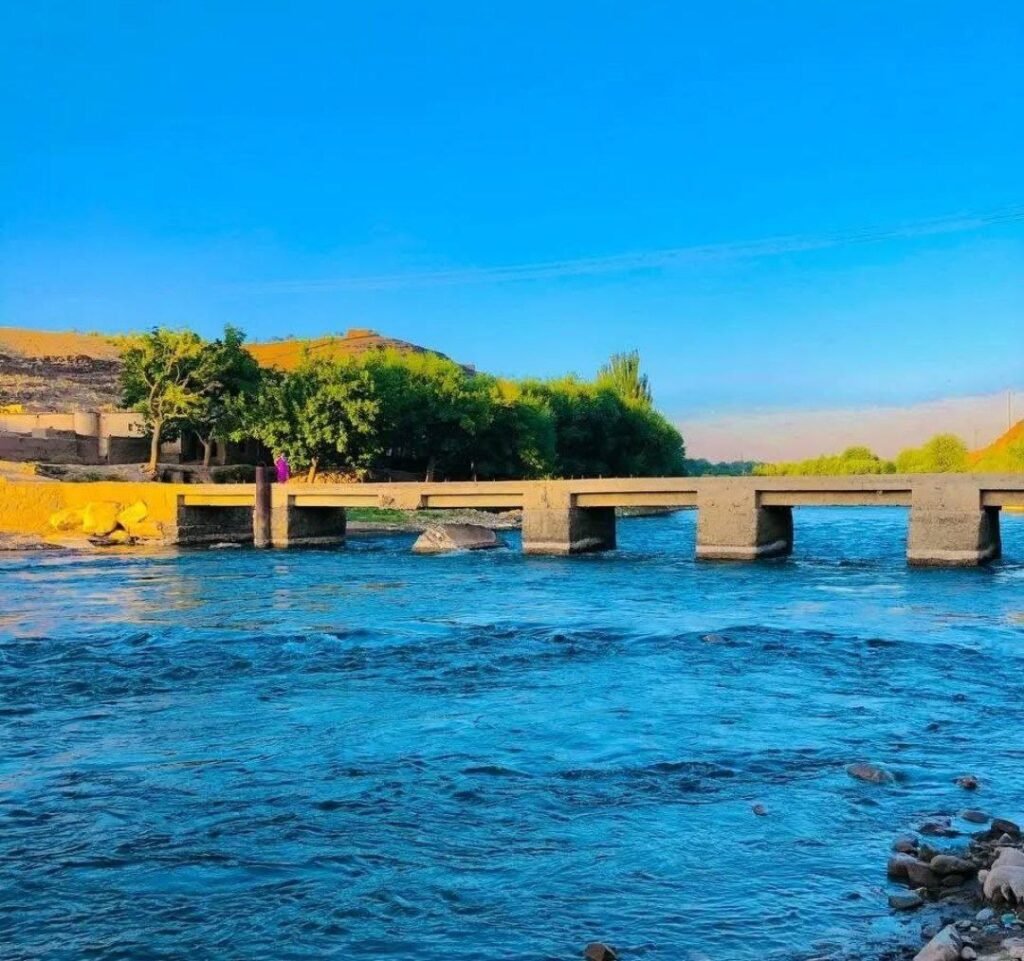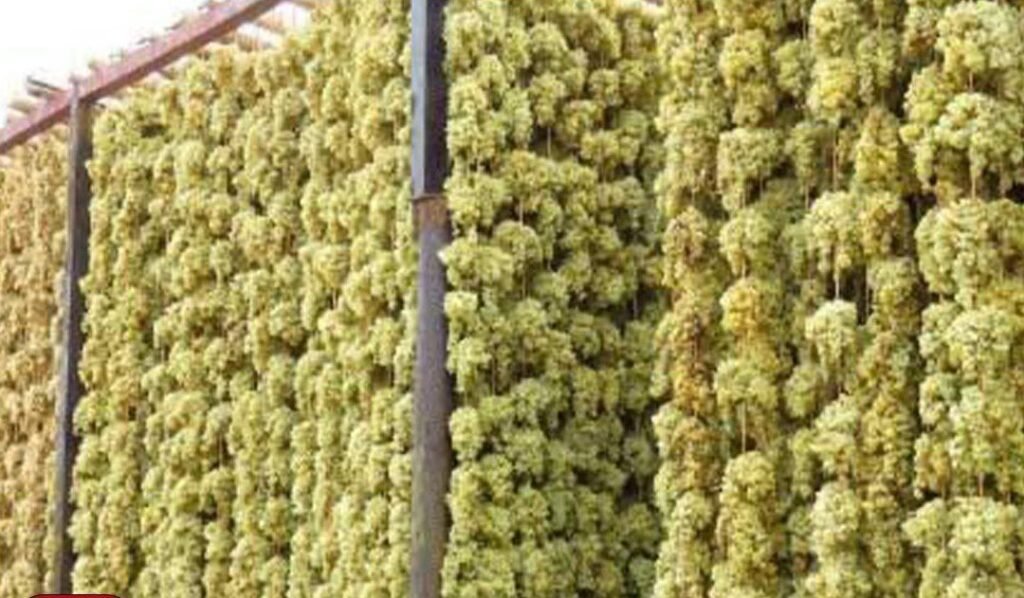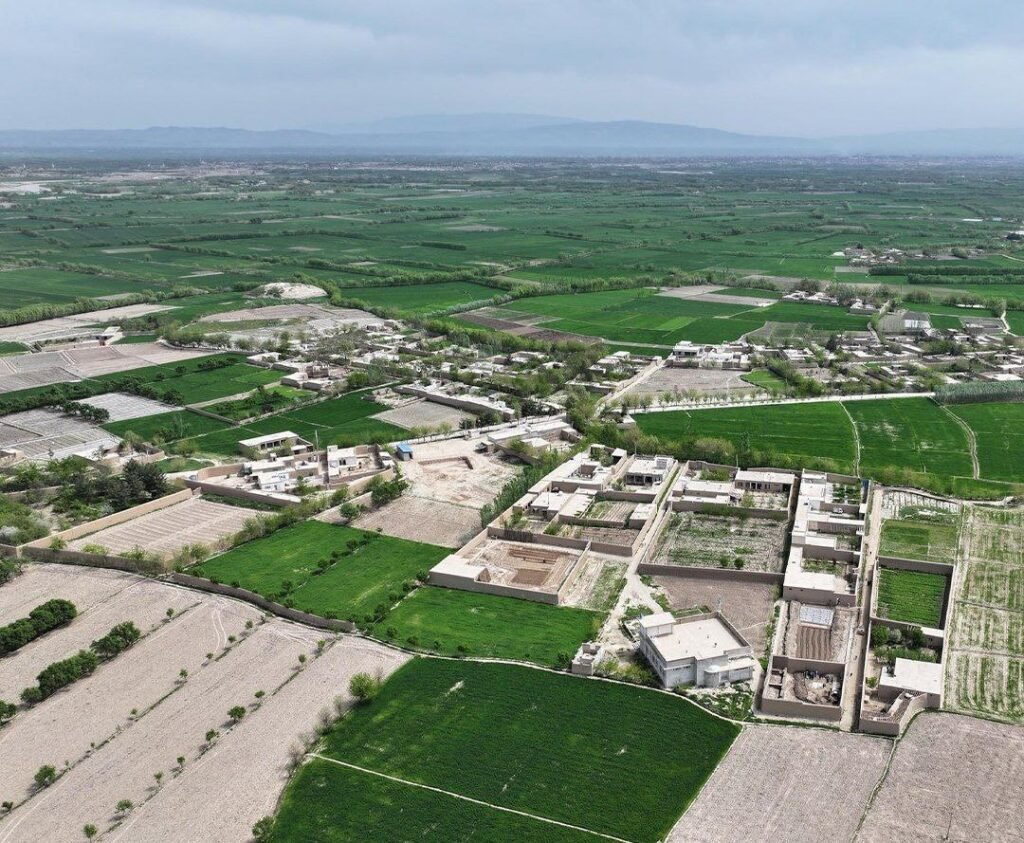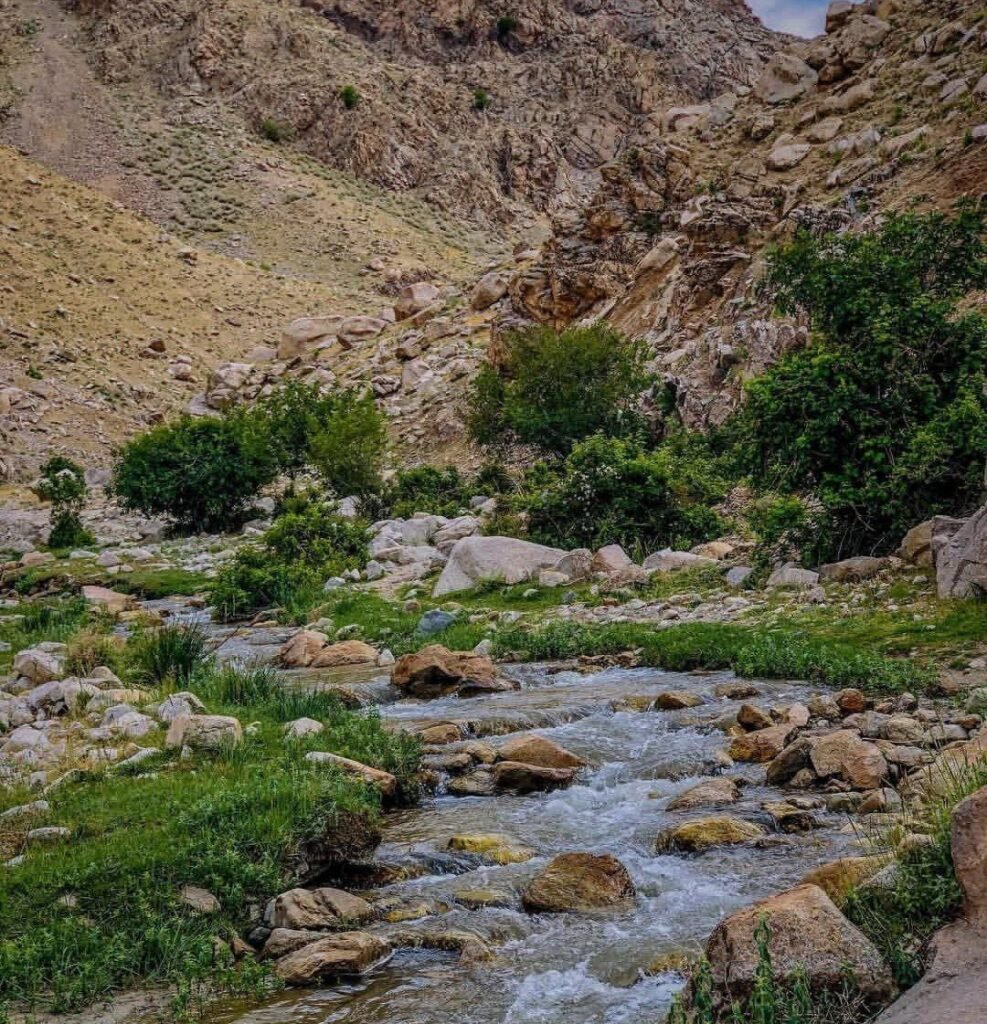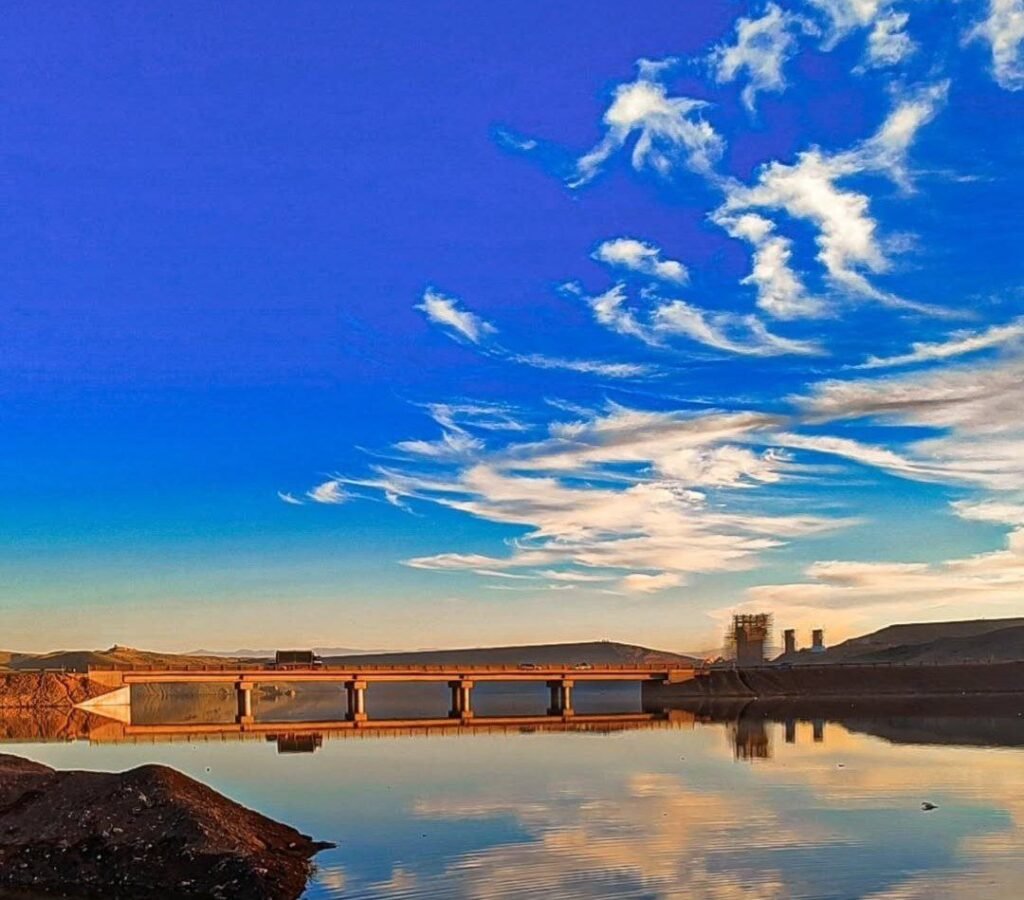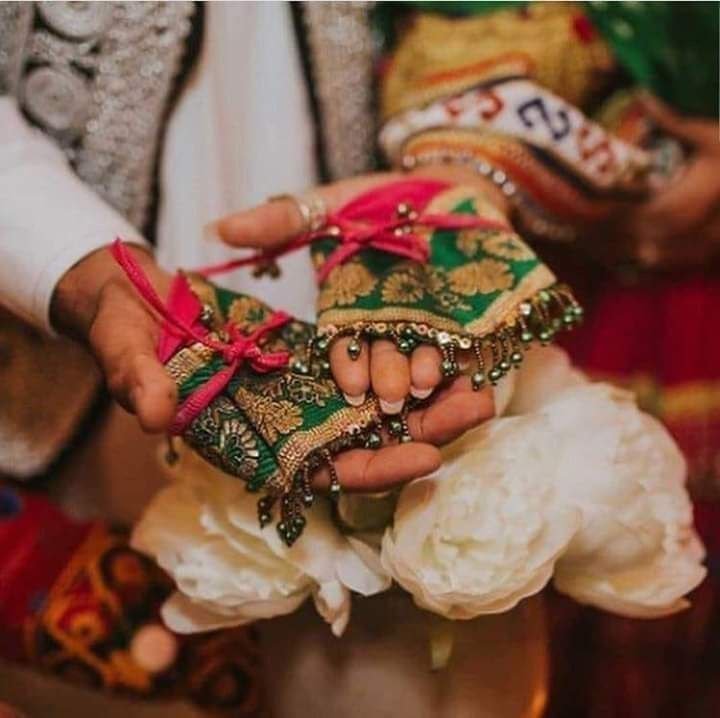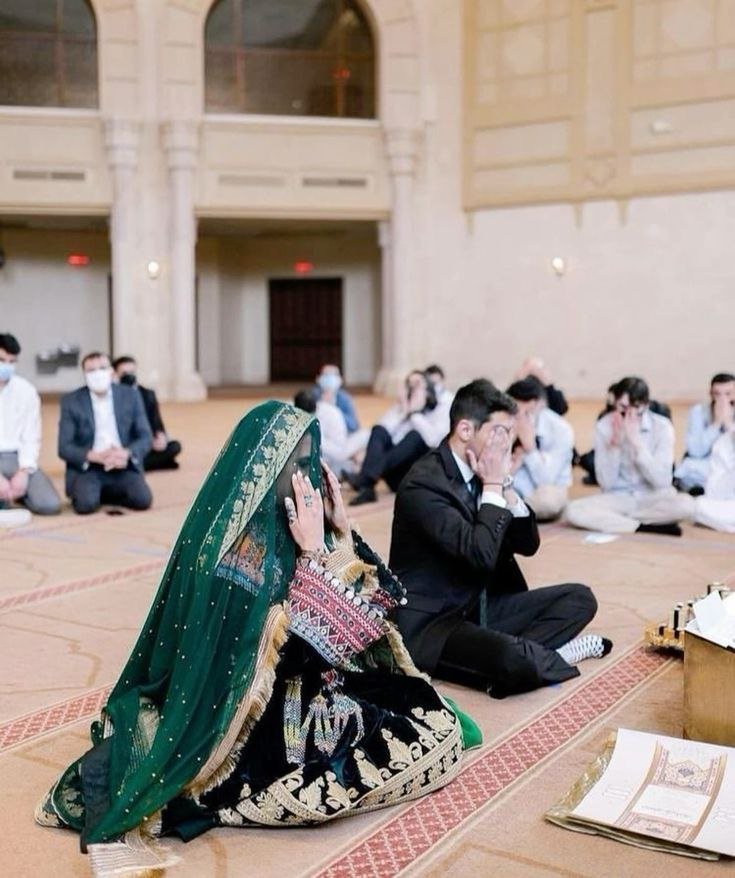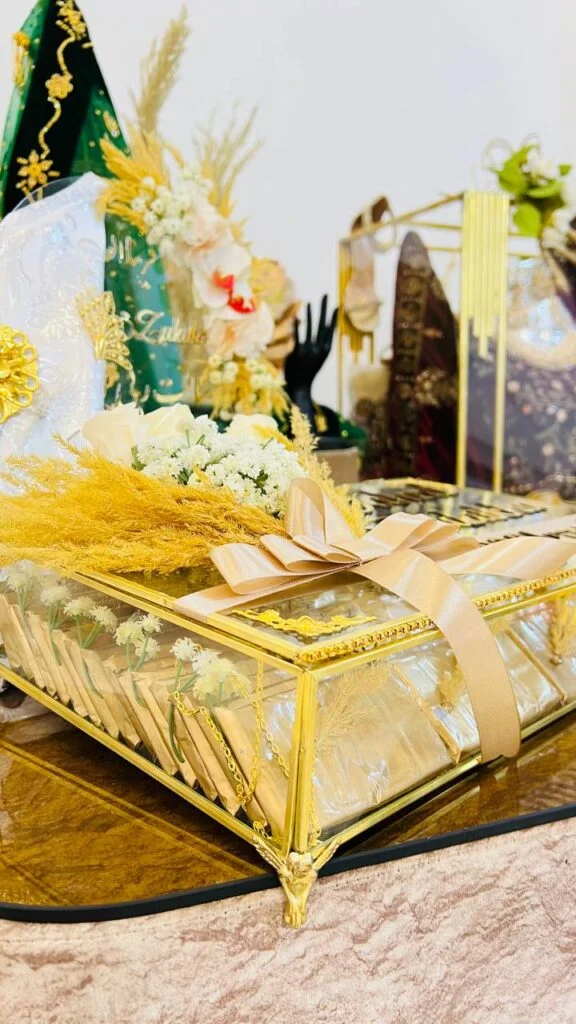Chisht Sharif: A Peaceful Mountain Paradise in Eastern Herat
Geographical Location of Chisht Sharif Chisht Sharif District is located in the eastern part of Herat province, nestled in the foothills of the Hindu Kush mountain range. It shares borders with the districts of Obeh, Pashtun Zarghun, and Shindand, and is situated over 100 kilometers from the city center of Herat. The Harirod River flows through this district, enhancing its natural beauty and serving as a primary source of irrigation and drinking water. Due to its mountainous location, Chisht Sharif enjoys a moderate climate, fertile lands, and untouched natural resources. Access to the district is mostly via unpaved, mountainous roads, which may become inaccessible during winter due to snowfall. Nature and Local Produce Chisht Sharif is often described as a garden in the heart of the mountains. Large apricot, walnut, and apple trees grow along the slopes, along with various wild fruits. The fertile farmlands support a variety of crops such as saffron, wheat, and vegetables. In recent years, saffron production in the district has grown significantly, becoming an important source of income for many families. Peace and Security Chisht Sharif is considered one of the safest districts in Herat province. Unlike many other areas in Afghanistan, homes here are built without tall walls or barbed wire. High social trust and mutual respect form the foundation of daily life. This atmosphere of peace and trust is largely attributed to the long-standing presence of religious scholars and the deep-rooted Islamic culture of the region. Education and Children’s Needs Despite the strong interest of children in education, many schools in Chisht Sharif lack basic facilities. A shortage of books, pens, backpacks, and classrooms presents a serious challenge to the educational growth of local children. Some classes are even held in local mosques. However, the enthusiasm of children for Quranic learning and recitation shows their strong motivation to learn. Culture and Religious Beliefs Chisht Sharif is renowned not only for its nature but also for its spirituality. The people are deeply committed to Islamic and traditional values. Children begin learning the Quran at an early age, and community gatherings often include passionate recitations of Quranic verses. Women also play an active role in household tasks, farming, and handicrafts alongside men. Hope for the Future Despite its challenges, the people of Chisht Sharif are hardworking, devout, and hopeful. If the government and civil society organizations pay greater attention to the district’s educational, health, and infrastructure needs, Chisht Sharif has the potential to become a model of sustainable rural development in Afghanistan.
